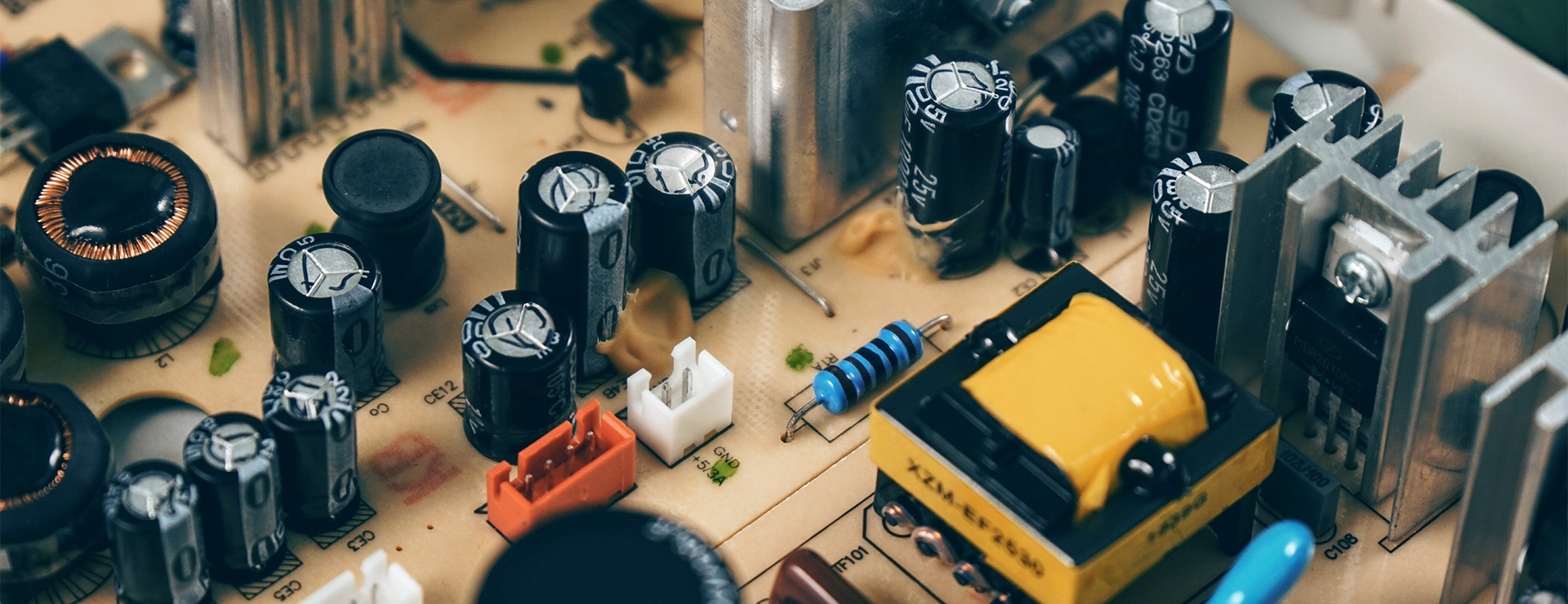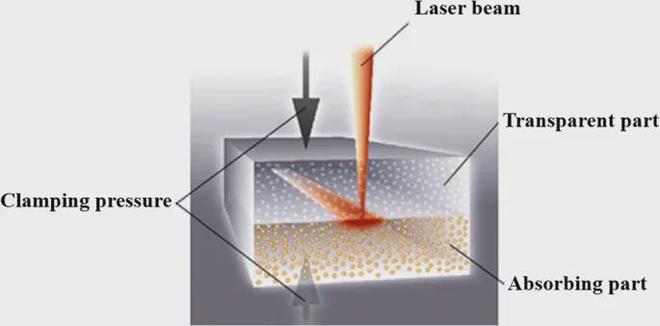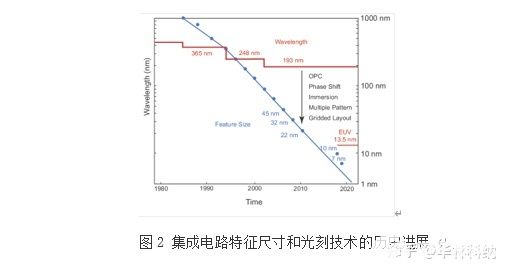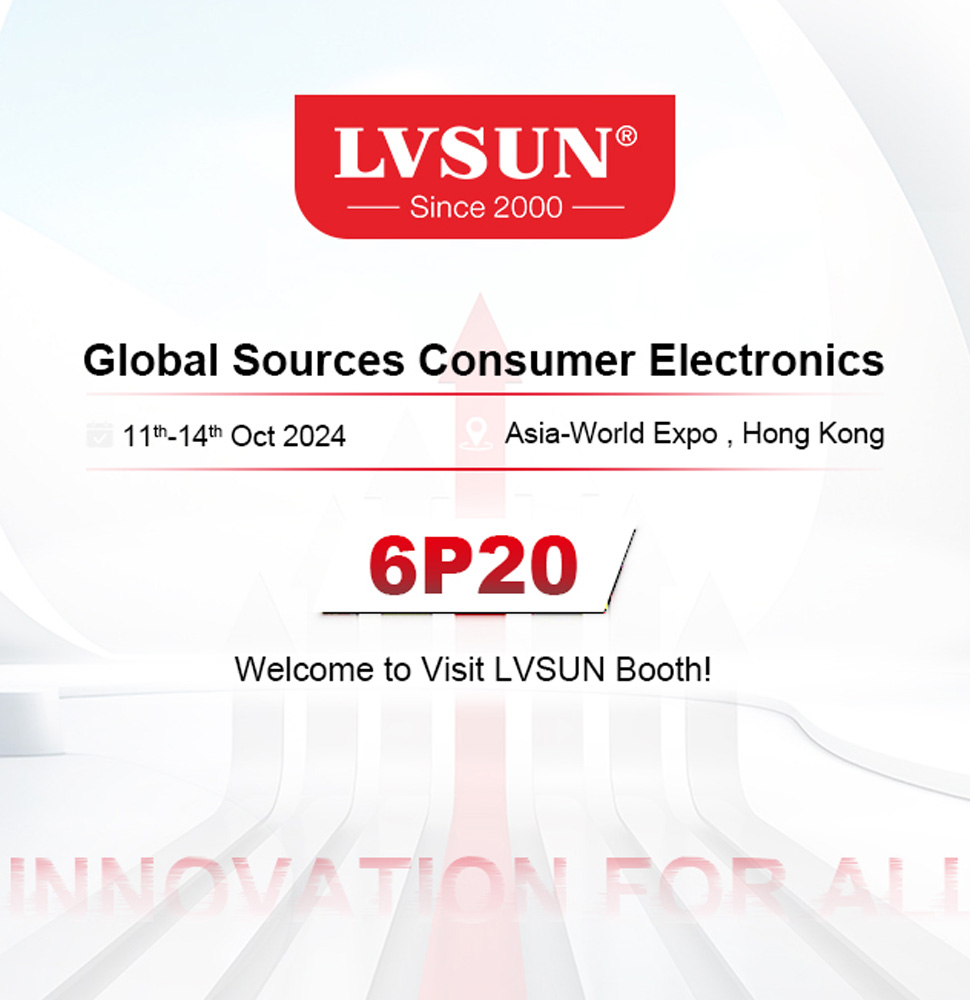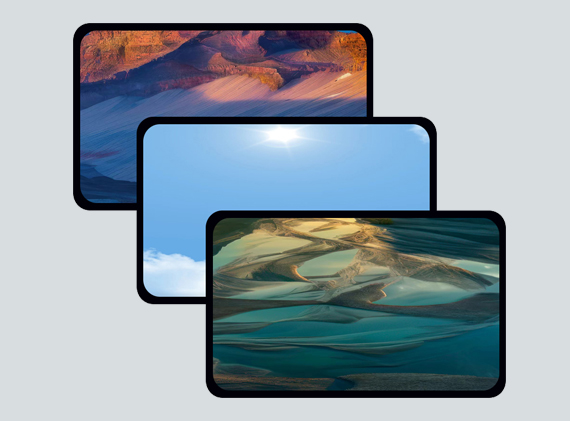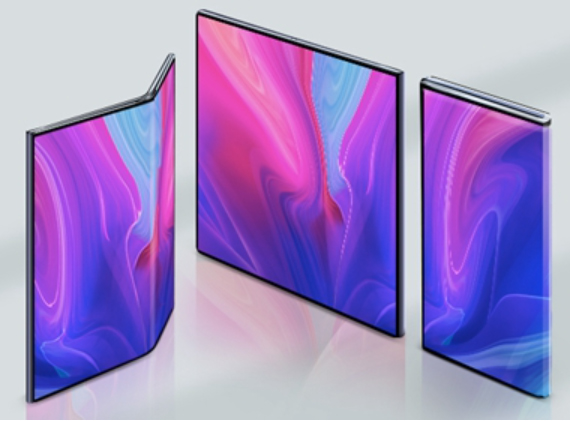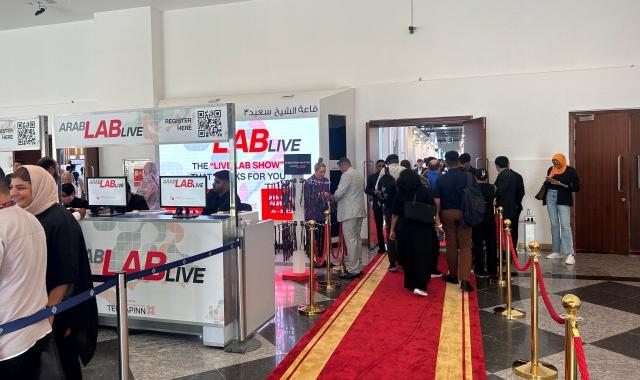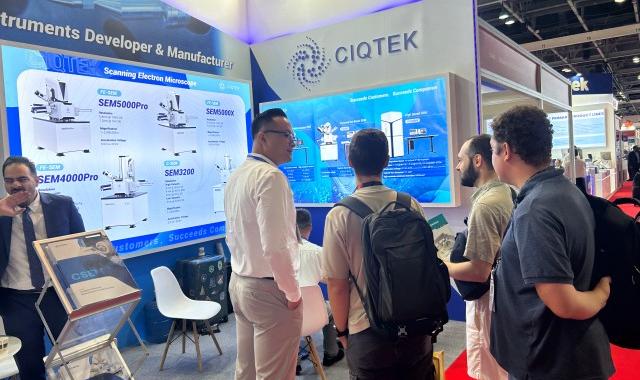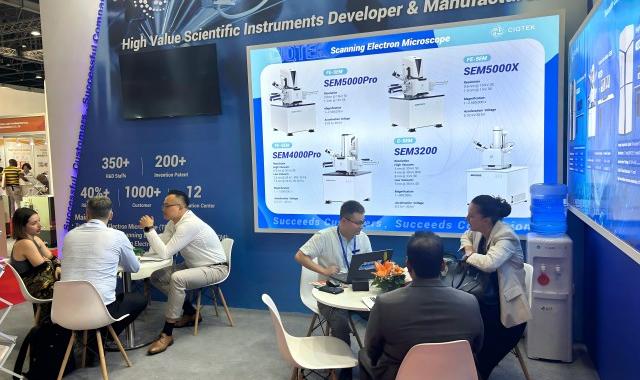4.3-inch TFT LCD is one of the sizes with the highest demand in the display industry. Because of its moderate size and superior display performance, it can adapt to the needs of customers in different industries and has sufficient market competition in price. It has always been one of the most mainstream size.
Firstlly,4.3 inch means that the diagonal length of the TFT LCD screen is 4.3 inch (about 10.92 cm), which is the physical size of the screen.
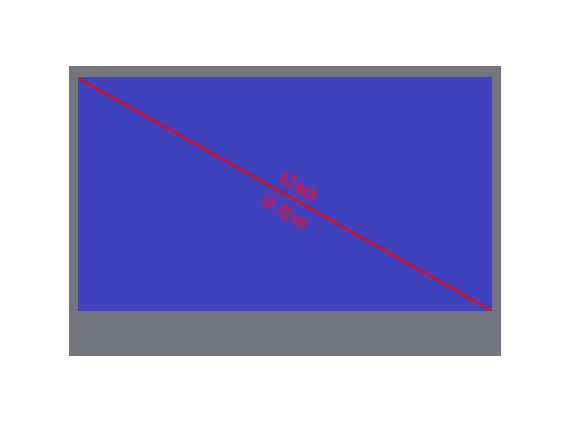
Then, Resolution describes the number of pixels that the screen can display in the horizontal and vertical directions.
What resolutions does 4.3-inch TFT have? How should we choose when selecting solution?
Common resolutions
The most common resolutions of 4.3-inch TFT display include 480*272 resolution and 800*480 resolution:
4.3 inch 480*272 TFT LCD:
- Features: This 480*272 resolution is the most conventional resolution. TFT display manufacturers have been in mass production for many years. The supply is stable, the price is competitive, and it has a high cost performance.
- Applicable scenarios: Suitable for applications that do not have particularly high display requirements, such as basic text display, simple graphical interface, etc. 4.3 inch 480*272 TFT LCDs are generally more optimized in terms of cost and power consumption, making them suitable for some devices with limited budgets or strict power constraints.
4.3 inch 800*480 TFT LCD:
- Features: The high resolution 800*480, providing higher definition and able to present more delicate images and video effects.
- Applicable scenarios: Suitable for occasions requiring high-definition display, such as high-definition video playback, image processing and other applications. Many high-end smart products will choose this resolution as their display terminal.
- In addition, this resolution is also divided into two options: landscape mode 800*480 and portrait mode 480*800, which can be selected according to specific needs.
Selection suggestions:
1. Select according to application requirements:
If the device is mainly used for text display or simple graphical interfaces and has high requirements on cost and power consumption, it is recommended to choose a 4.3 inch 480*272 resolution display.
If the device needs to display high-definition images or videos and users pursue a better visual experience, it is recommended to choose 4.3-inch 800*480 TFT LCD.
2. Consider hardware support:
High-resolution screens require more powerful hardware support to drive, so when selecting, you need to ensure that the device's processor and graphics card performance are capable of meeting the display requirements of the selected resolution.
3. Budget considerations:
Generally speaking, high-resolution displays are relatively expensive. Therefore, it is necessary to comprehensively consider budget factors when selecting a model to ensure that the selected solution meets the needs and has a good cost performance.
4. Compatibility and stability:
When selecting, you also need to consider the compatibility and stability of the display and the device. It is recommended to choose brands and models that have been proven by the market and have a good reputation to ensure product reliability and stability.
In summary, 4.3 inch TFT LCD display has a wide range of applications, covering industrial control, medical equipment, smart home, automotive electronics and many other fields. Users can choose appropriate resolutions and display solutions based on specific application requirements to meet different display needs.
We Shengfeng produces and supplies various 4.3 TFT LCDs with resolution options of 480*272, 480*800, and 800*480. We can customize according to customer needs, select driver ICs and interfaces such as RGB interface, MIPI interface, and design and customize FPC/backlight/RTP/CTP air bonding/optical bonding solutions as required.
